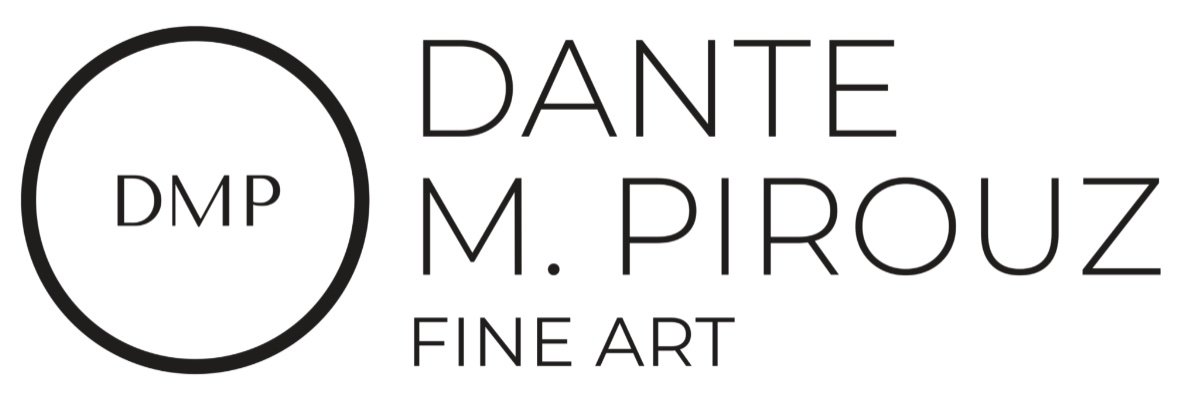Which Color Wins As the Best for Your Brain…(According to Neuroscience)?
Almost all of us have a favorite color. For me, when it comes to clothing it is hands down all black. When I was a kid I painted my whole bedroom high gloss sunflower yellow (I think it is still that same color 50 years later funny enough). My son's favorite color has always been purple and my daughter's favoriate color depends on her "aesthetic" at the moment.
But according to the scientific research over the last few decades, if relaxation and creativity are something you want to accomplish then there is one clear winner for the best color: that would be blue!
Research in 2019 by University of Sussex asked over 25K respondents from more than 100 countries in a survey asked which color they associated the most color they found the most relaxing. The overwhelming choice was dark blue.
Blue was shown in a study in 2009 by Mehta and Zhu in Science (https://citeseerx.ist.psu.edu/document?repid=rep1&type=pdf&doi=3de2af458122749fce3f274d75e7b894989b3164) that blue was associated with better performance on creative tasks.
Studies since as early as the 1930s (Guilford (1934) and Guilford and Smith (1959), have found that blue is by far the most preferred color over green, purple, violet, red, orange, yellow. A study in the 1970s (Jacobs and Suess (1975)) found that blue elicited lower state-anxiety scores compared with yellow and red.
Another study in 2016 found that for complicated tasks, exposure to blue resulted in better overall performance compared with exposure to red which was better for simple tasks (Xia, Tiansheng, et al. "Exploring the effect of red and blue on cognitive task performances." Frontiers in Psychology 7 (2016): 784.).
According to the book Blue: The History of A Color, from the Neolithic period which ended in 2200 BC to the Middle Ages, blue was not a color that was found used in artwork. Early human nomadic tribes did not use blue in their cave paintings only having brown, red, black and ochre to create with. Even millenia later in the Neolithic period, when humans began dying using colors it took a long time before blue was used. Some believe this is because of how challenging it was for blue to be reproduced using natural materials unlike red or brown. Both ancient Greek and Latin lacked specific words for blue.
Exposure to blue results in an overestimation of time compared with red meaning that with blue time seemed to pass more slowly which can be an advantage if you are trying to relax and slow down (Thönes, Sven, et al. "Color and time perception: Evidence for temporal overestimation of blue stimuli." Scientific reports 8.1 (2018): 1688.) And objects seem smaller and lighter under blue light (Singh, Satyendra. "Impact of color on marketing." Management decision 44.6 (2006): 783-789). Blue lowers aggression, competitiveness, blood pressure, respiratory rate, and eye blink frequency according to studies (Gerard (1957) Bagchi, Rajesh, and Amar Cheema. "The effect of red background color on willingness-to-pay: the moderating role of selling mechanism." Journal of Consumer Research 39.5 (2013): 947-960.). Exposure to blue environments was shown to lower feelings of anxiety in college students (Azeemi, Samina, et al. "Effect of Blue Colour (453 nm Visible Range Radiation) on Anxiety in College Students." (2018)).
So while blue might not be your favorite color, there seems to be strong evidence that having shades of blue in artwork on your walls might help you relax, reduce stress and anxiety and enhance your creativity.

